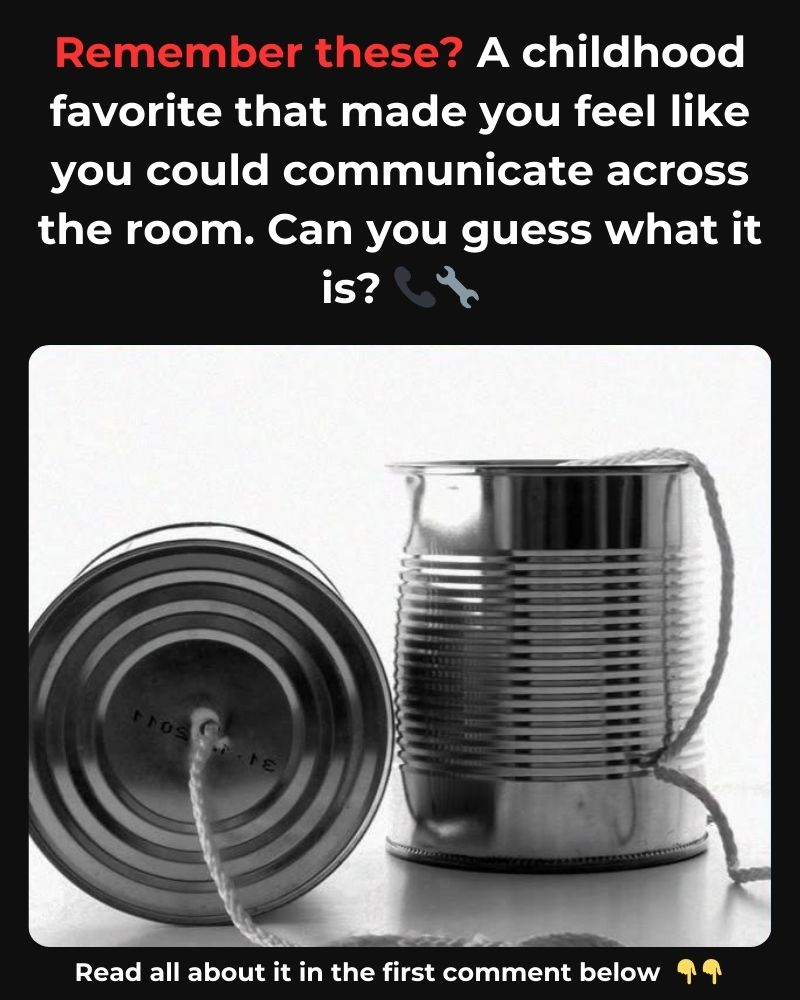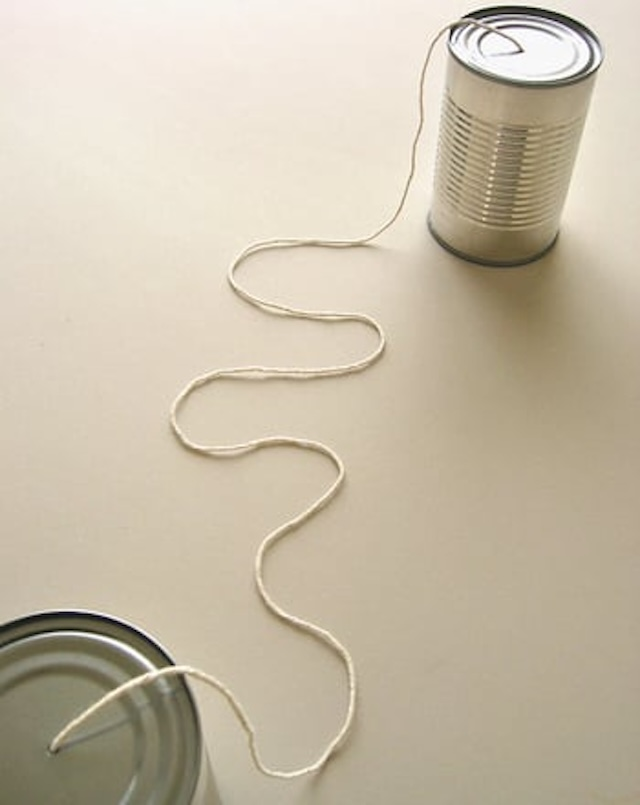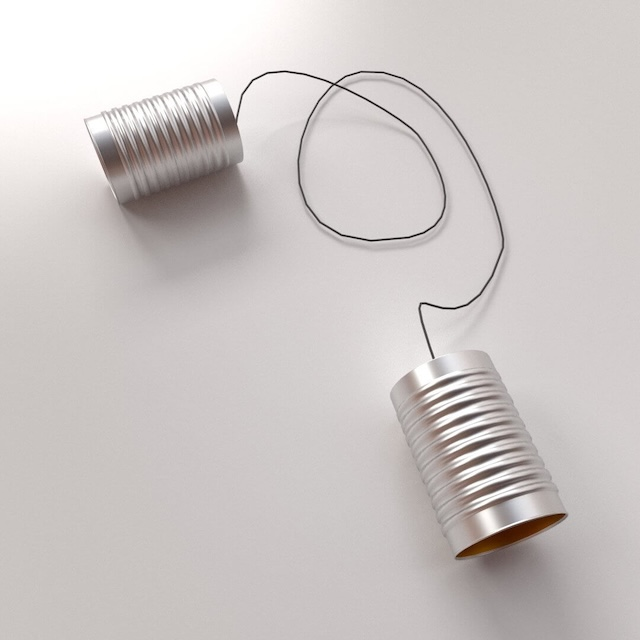If you grew up before the digital era, chances are you remember the joy of creating your very own communication device—two tin cans and a piece of string. Yep, we’re talking about the beloved tin can telephone. While it may seem primitive today, it was once the height of playground technology and imagination. And the best part? It actually worked.
This wasn’t just a toy. It was a hands-on science experiment, a DIY adventure, and a magical little device that made you feel connected to your best friend across the yard. Let’s rewind the clock and dive into the fascinating story of this simple invention that captured generations.

The Origins of the Tin Can Telephone: Where Creativity Meets Curiosity
The concept behind the tin can telephone is older than most people realize. While it’s most famously known as a 20th-century children’s toy, its scientific roots go way back. The earliest experiments in sound transmission through string or wire date back to the 17th century. The toy we know today? It’s believed to be loosely inspired by early prototypes that led to Alexander Graham Bell’s telephone in 1876.
Unlike Bell’s electric-powered invention, the tin can version used nothing but tensioned string and sound vibrations. You’d speak into one can, the vibrations from your voice would travel along the string, and the other person could hear you in the second can. It was low-tech brilliance, and for a kid? It felt like real-world magic.
Video: Watch the video He Built the World’s Longest String Telephone to see how this innovative individual created an incredible communication device
How the Tin Can Telephone Actually Works
Let’s break it down. Here’s what you need: two empty cans, a length of string, and a small hole in the bottom of each can. You tie the string through the holes, pull it tight, and voilà—you’ve built a fully functioning communication device.
Here’s how the magic happens:
- When one person speaks into a can, their voice vibrates the can’s bottom.
- These vibrations travel through the taut string.
- The other can picks up the vibrations, converting them back into sound waves.
It’s physics in motion—no batteries, no signals, just good old-fashioned mechanics. The key is keeping the string tight; slack ruins the connection. But when done right? The sound is clear enough to carry whispers, jokes, and secrets from one end to the other.
Why It Became a Childhood Staple

During the mid-20th century, especially in the 1950s through the 1980s, the tin can telephone became a go-to DIY toy. Unlike store-bought gadgets, this was a build-it-yourself project that sparked creativity. Kids didn’t need screens or apps—they needed a pair of cans, some string, and a little imagination.
Backyard missions. Indoor forts. Tree-to-tree comms. You name it. The tin can phone made kids feel like engineers, spies, and astronauts. It wasn’t about having the latest thing—it was about making something from nothing and having a blast doing it.
Learning Through Play: The Educational Power of the Tin Can Phone
What makes this toy so special isn’t just its charm. It also doubles as a brilliant teaching tool. For generations, teachers have used the tin can telephone to demonstrate sound wave behavior and mechanical vibrations in a fun, tangible way.
Here’s what it taught kids without them even realizing it:
- Basic physics: Understanding how sound travels
- Problem-solving: Learning how to fix a sagging string or broken connection
- Teamwork: One person talks, the other listens—just like real communication
It was educational without being preachy. And let’s be honest—what better way to learn than while laughing with a friend?
A Symbol of Simpler Times in a Complex World

The charm of the tin can telephone isn’t just about nostalgia. It reminds us of a time when play was hands-on, and fun didn’t come with instructions or charging cables. In today’s world of fast-paced tech and constant notifications, the simplicity of two kids talking through a string feels downright revolutionary.
Even though mobile phones and Wi-Fi have taken over, the image of the tin can telephone still resonates. It’s been featured in cartoons, movies, and pop culture as a metaphor for innocence, connection, and creativity. And for many of us, it’s a powerful symbol of our first taste of “real” technology—built entirely by hand.
Where Is It Now? From Backyard Toy to Museum Piece
Video: Watch the video The Science Behind the String Phone! | #ScienceGoals to explore the fascinating physics behind this classic invention.
While you won’t find many kids today running around with cans and string, the tin can telephone hasn’t disappeared completely. It’s still used in schools for science demos and often shows up in STEM activities. Some vintage sets have even become collector’s items, with retro versions fetching a decent price among nostalgia lovers.
Even DIY YouTubers and creators are reviving the trend—some going as far as building the world’s longest string phone just to see how far the sound can travel. Spoiler: farther than you’d think.
Why the Tin Can Telephone Still Inspires Imagination
There’s a reason the tin can phone has stood the test of time. It captures something technology often forgets: the joy of discovery. It’s a reminder that the best toys don’t need screens, buttons, or Bluetooth. Sometimes, all it takes is curiosity and a little string.
It also reminds us how communication has evolved—from shouts and smoke signals to landlines, smartphones, and now, even AI. But no matter how far we’ve come, the tin can telephone remains a sweet and simple tribute to the magic of human connection.
Conclusion: A Simple Toy with a Lasting Legacy

The tin can telephone may not light up or connect to the internet, but its legacy is anything but small. It’s a toy that taught kids how to build, how to listen, and how to communicate—all while having fun. It’s a relic of a time when imagination was the most powerful tool we had.
So, if you ever find yourself with two cans and a piece of string, go ahead and give it a try. You might just rediscover a kind of magic that doesn’t need batteries or a signal—just two voices and a little bit of tension in the line.


